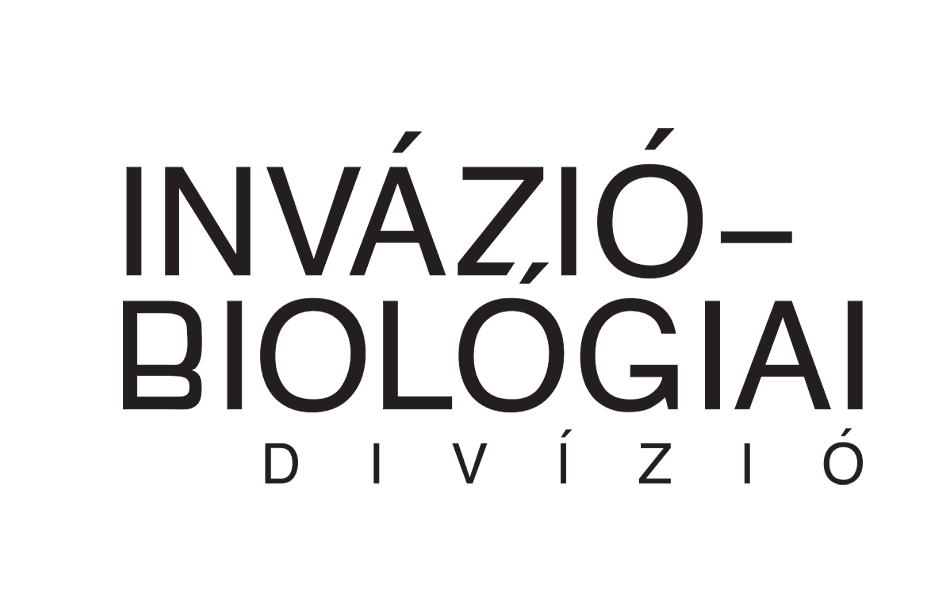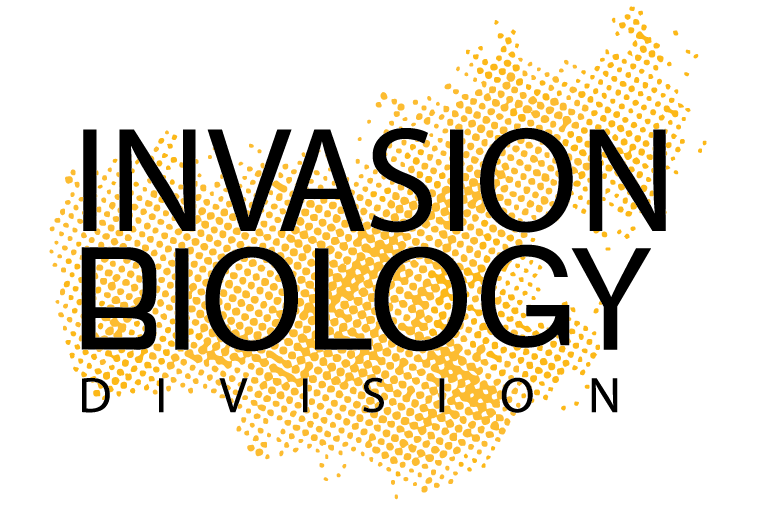News
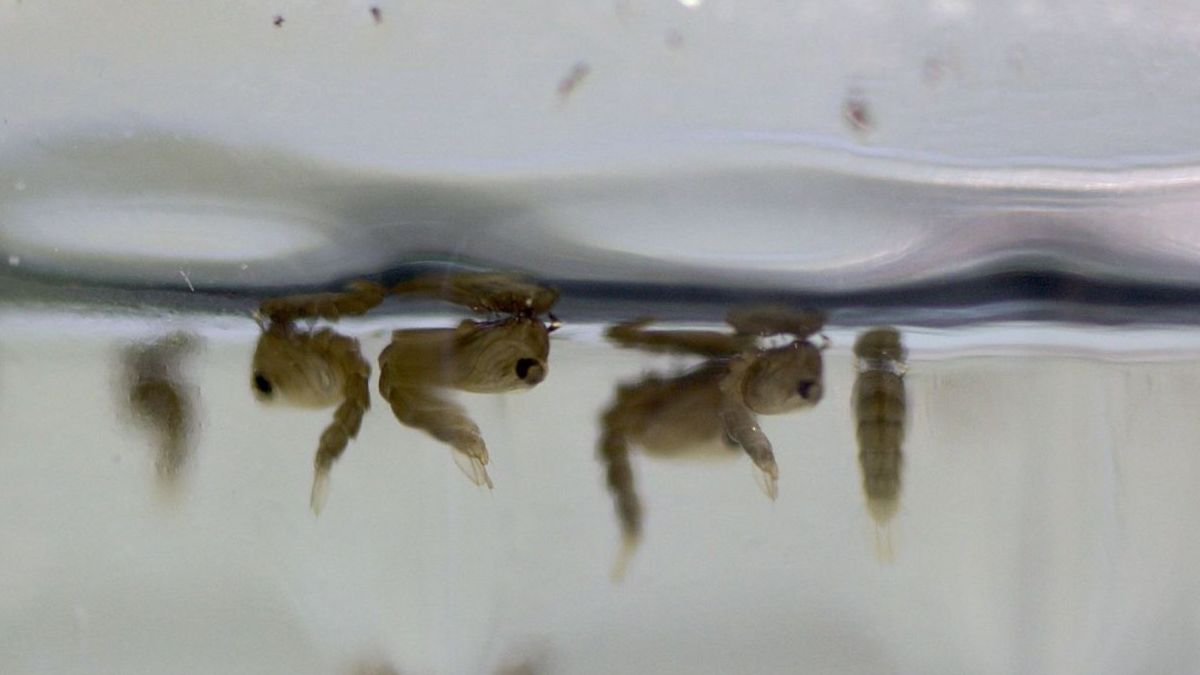
What is buzzing good for? Bioacoustic research in the mosquito lab
Researchers of the National Laboratory for Health Security’s Mosquito Monitor program created a new laboratory to breed invasive mosquitoes and to study their acoustic ecology.

Impact of plant invasion on ground nesting bees
Ground-nesting bees are highly sensitive to changes in vegetation, flower supply and soil properties caused by plant invasions.

Biological invasions on Indigenous peoples’ lands.
Biological invasions are a growing challenge around the world. Meanwhile, it is now widely recognised and acknowledged that indigenous peoples’ territories play a key role in global biodiversity conservation.
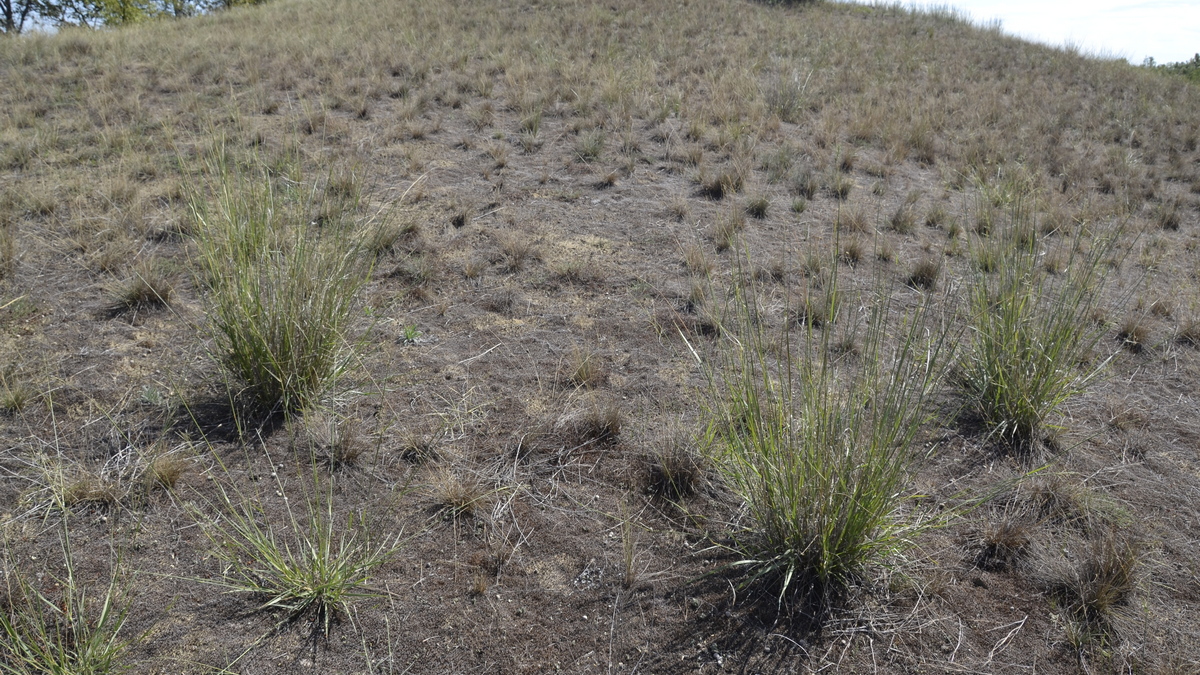
The invasion of North American sand dropseed in Hungary
The invasion of North American sand dropseed (Sporobolus cryptandrus) in Hungary mainly threatens vulnerable open sandy grasslands. As there is already considerable field experience and research on the species in Hungary, and as this has shown that we are facing a very serious problem, it has become necessary to organise a large-scale professional meeting to discuss the most pressing issues of the invasion of sand prairie grass in Hungary.

Many species of disturbance-tolerant and invasive plants appear in the clearcuts and their populations persist for many years
Areas under continuous cover forestry methods may be more resistant to disturbance-tolerant and invasive species than areas under cutting management, so increasing the proportion of areas under continuous cover forestry management in our country would be important from both ecological and conservation perspectives.
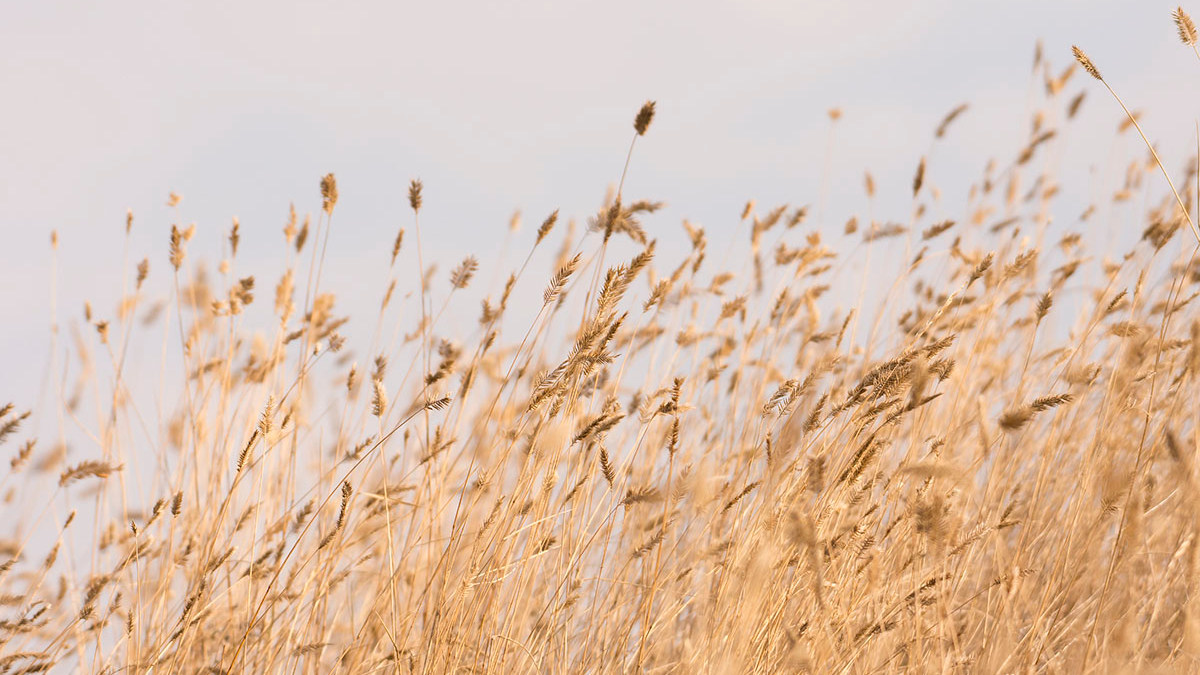
What is the key to the success of invasive grass species? Our new article in Oikos
Led by researchers from the University of Alberta in Canada, members of the CER ‘Lendület’ Seed Ecology Research Group also participated in an international study to find the key to the success of invasive grass species.
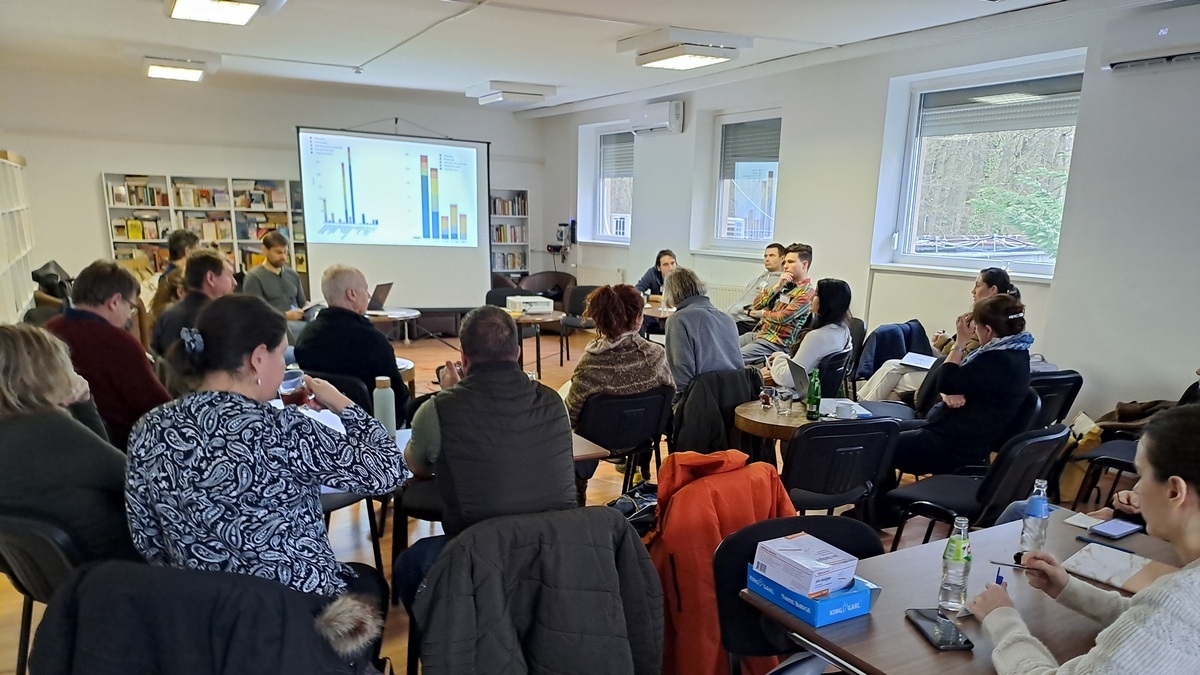
SEEN Hungary 2024 – Citizen Science Conference and Workshop
In January 2024, the HUN-REN Ecological Research Centre’s Evolutionary Ecology Research Group launched a network of community science projects on conservation and ecology in Hungary. The SEEN (Social Engagement in Ecology Network) Conference, held in Tata on 18-19 January, aimed primarily to create a living link between Hungarian community science projects and the researchers […]
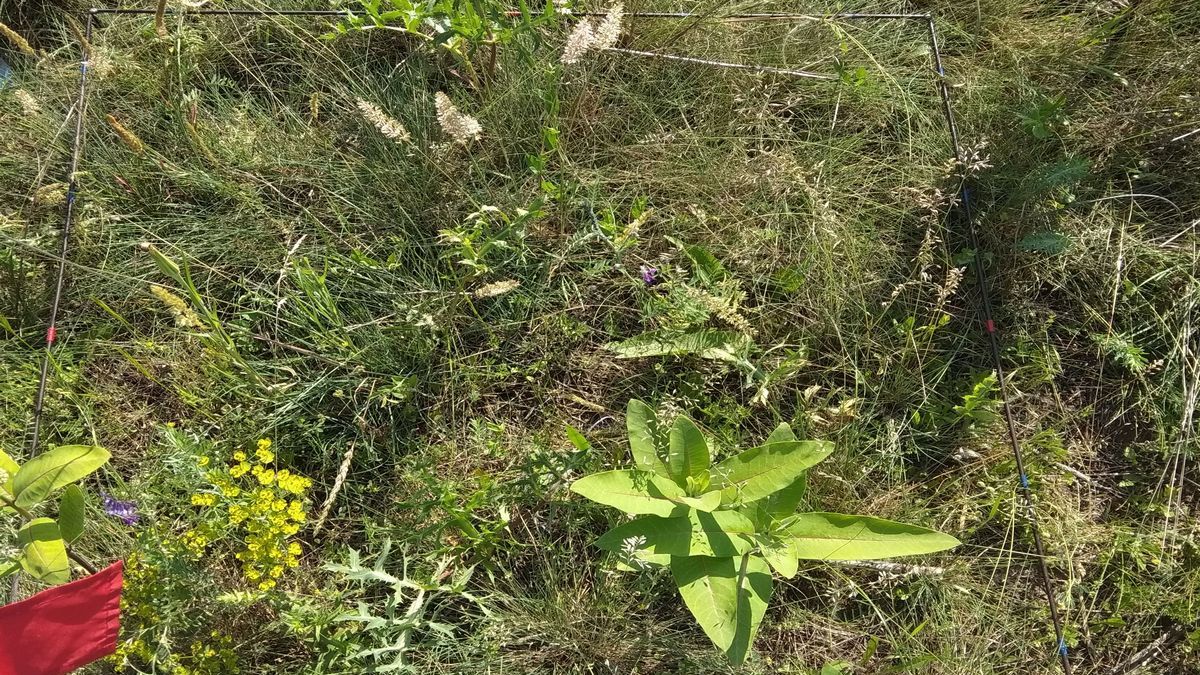
Native plant species play a key role in restoring invasion-resistant plant communities
A systematic review and meta-analysis on seed-based ecological restoration experiments was conducted in collaboration with several research groups at the HUN-REN Ecological Research Centre, National Laboratory of Health Security, Division of Invasion Biology, to investigate the potential of functional similarity, seeding density and priority effects to increase resistance to invasion.
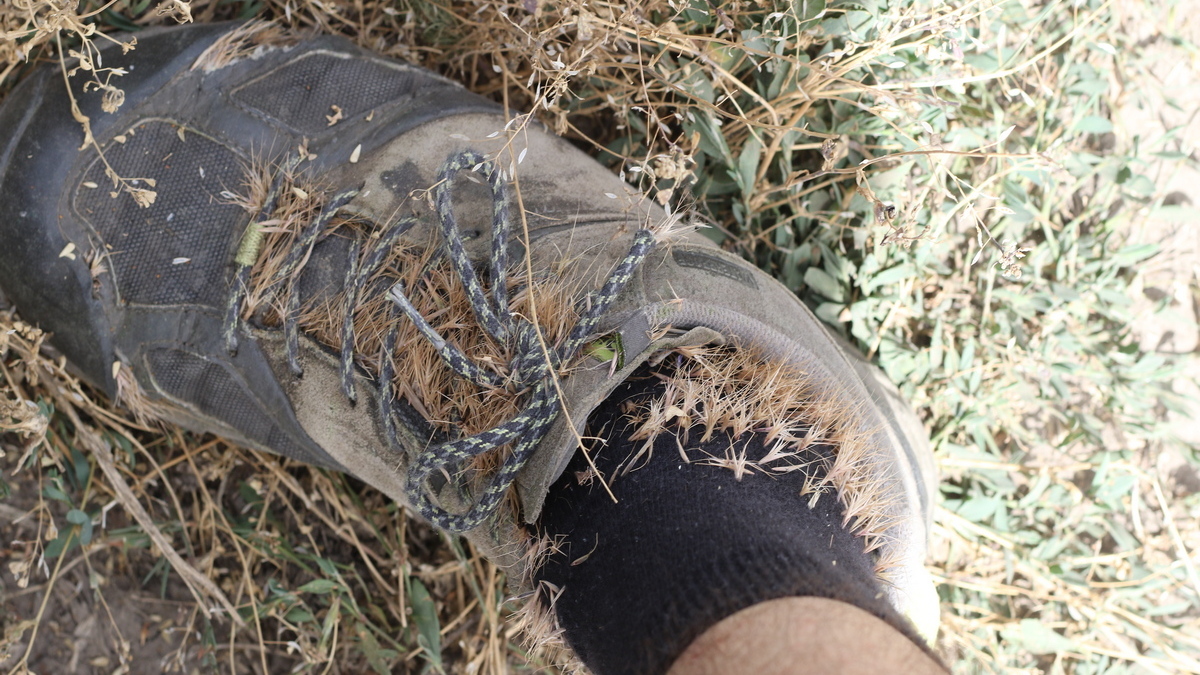
Ecologists and hikers have a major role in the seed dispersal of weedy and invasive plant species
Nowadays, one of the most effective seed dispersal vectors are humans. The key our efficiency is the rapidly growing rate of global transport, trade and tourism, which enables us to move more and more easily and quickly between distant biogeographical regions, and even between continents. Based on the results of studies so far, nearly 500 species have been registered to be able to spread on clothing, and most of thes are weed and invasive species that cause serious conservation problems, especially in the isolated habitats.
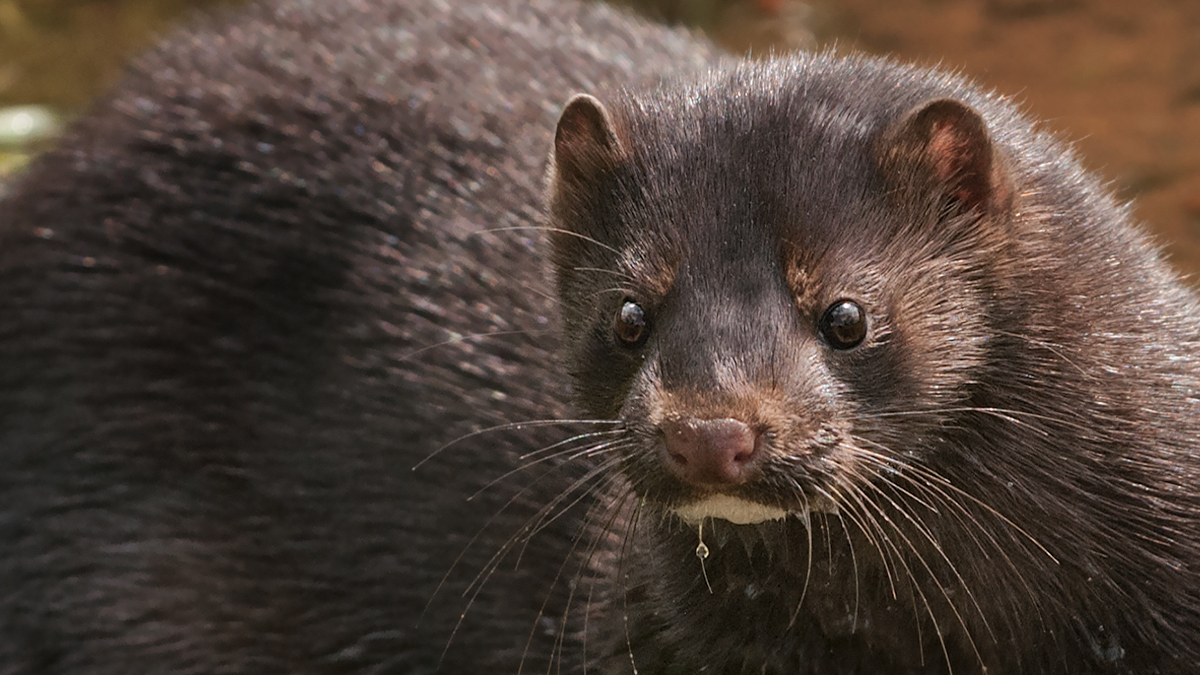
Community science based monitoring of invasive mammal and bird species
Community science based monitoring of invasive mammal and bird species of Hungary has begun in a cooperation between the Institute for Wildlife Management and Nature Conservation of Hungarian University of Agriculture and Life Sciences (MATE) and the Institute of Ecology and Botany, Centre for Ecological Research.
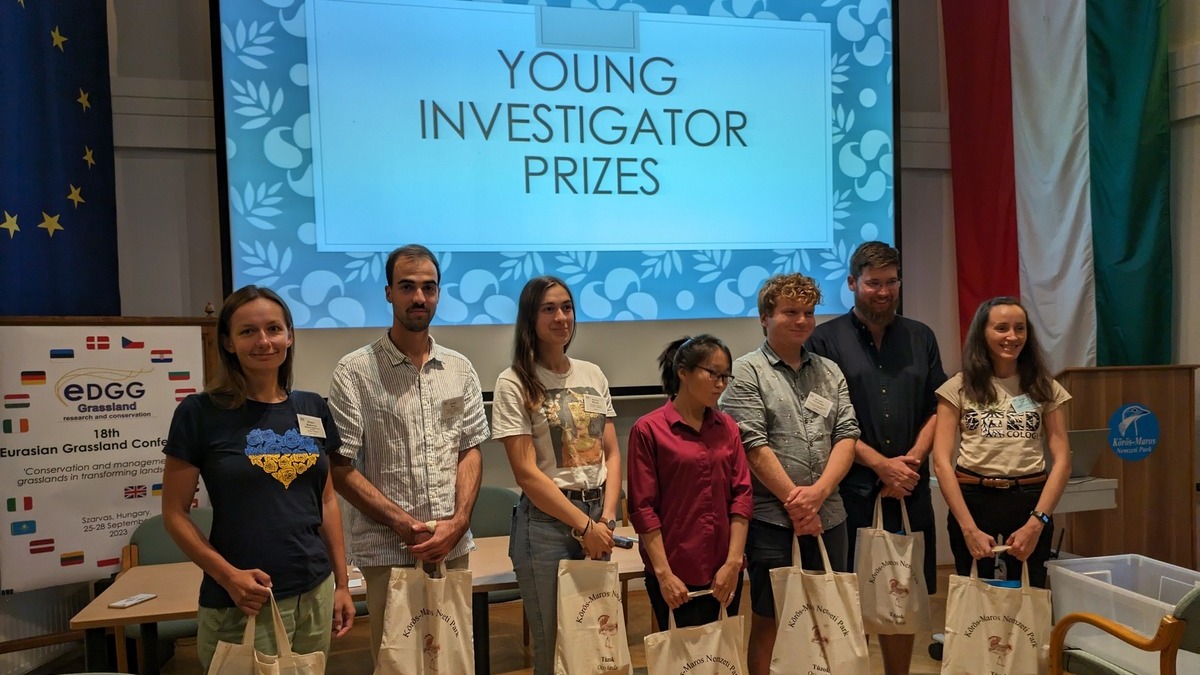
Invasion Biology Division research at the Eurasian Grassland Conference
This year, the Eurasian Grassland Conference was held in Szarvas, organized by the Lendület Seed Ecology Research Group of the HUN-REN Ecological Research Centre and the Körös-Maros National Park Directorate, where several research groups of the Invasion Biology Division presented their latest results.
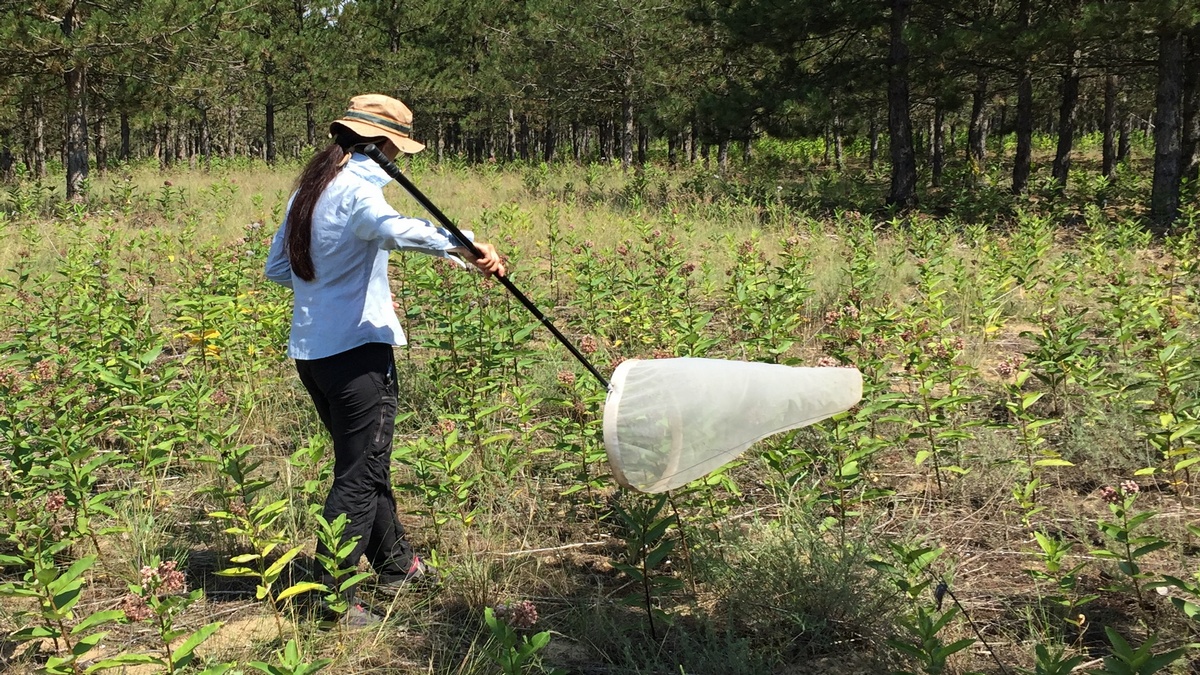
Indirect effects of plant invasion and fragmentation on native plants and grassland arthropods
Plant invasion and habitat fragmentation have adverse effects on biodiversity in almost all ecosystems. Our research explored the direct and indirect effects of common milkweed (Asclepias syriaca) invasion on plant and arthropod biodiversity.
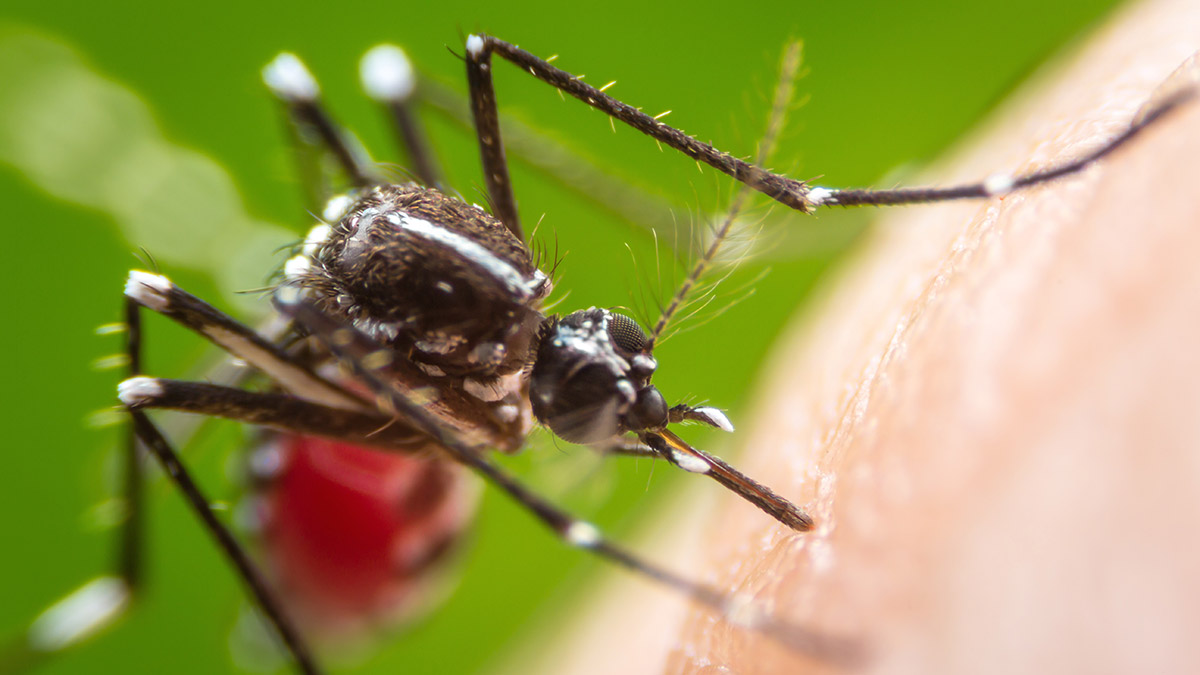
Citizen science and mosquito research: the relationship between urbanisation and invasive mosquitoes in Hungary
Urbanisation can contribute significantly to the spread of invasive mosquito species and the diseases they spread.

Sowing large quantities of native species can reduce the establishment of invasive alien species
Invasions of alien species are a major cause of biodiversity loss, threatening both natural and human-managed ecosystems. Ecological restoration of habitats is key to controlling invasion, and seeding restored habitats with appropriate species can increase their resistance to invasion. In this research, the Centre for Ecological Research’s Restoration Ecology Research Group sought to answer the […]
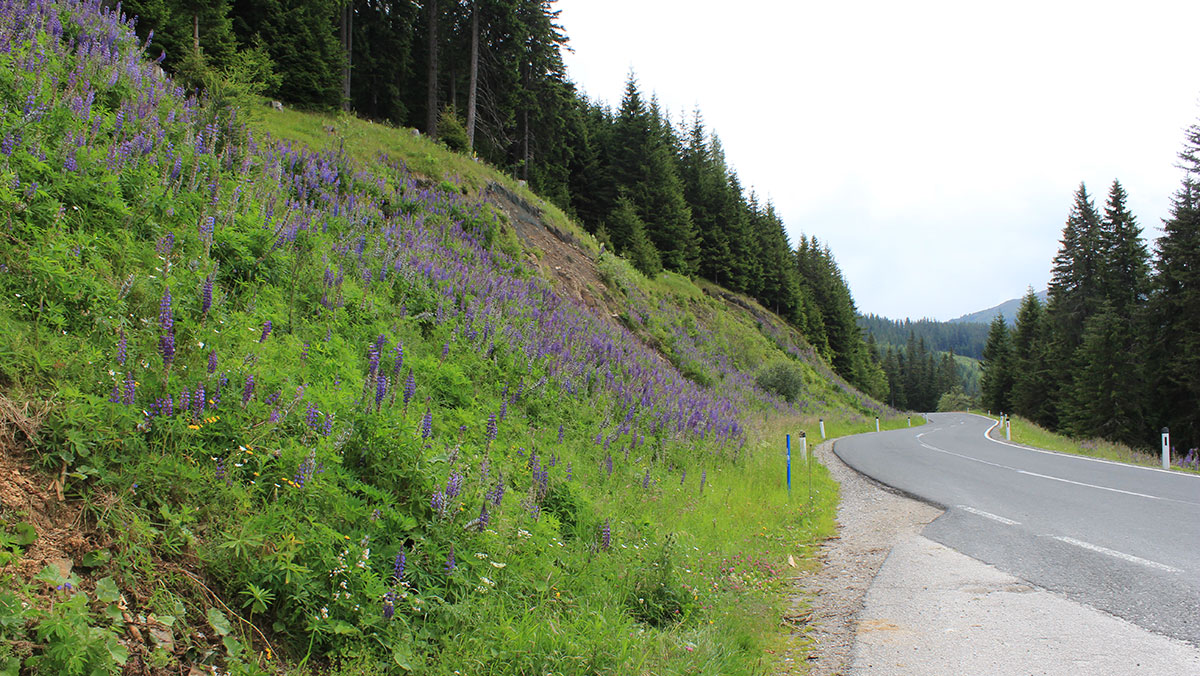
Grassland restoration on roadsides – a nature-based solution to control invasive plant species
Roadside verges are a key corridor for the spread of invasive species and are often considered as invasion hotspots. Invasive plant species are a source of serious problems for both road managers and conservationists. Grassland restoration with seeds of native grassland plant species is a promising solution to control these species. In a recent publication, […]
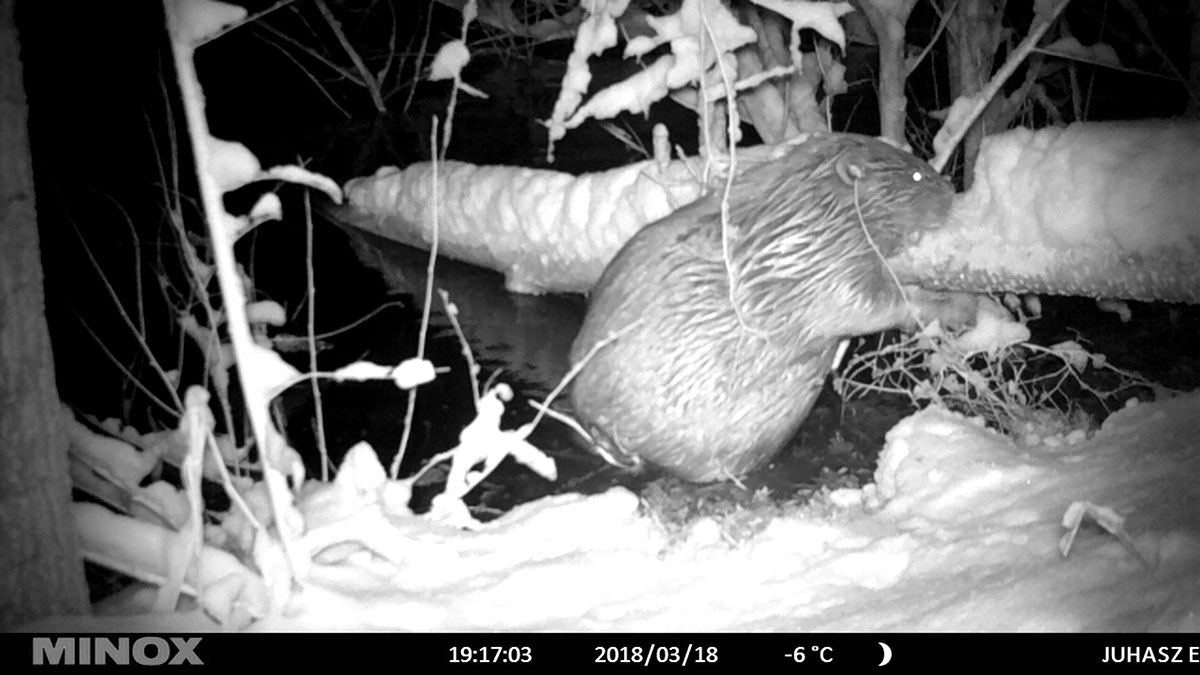
Ecological effects of an intensively spreading native species: evaluation of the beavers’ foraging strategy
The Eurasian beaver is a native species with community interest in the European Union. The species was previously extinct in Hungary, but today it is spreading intensively in the country, recolonising its former habitats. The selective foraging activity of the beaver can induce significant changes in the woody vegetation along streams and canals, influencing the […]
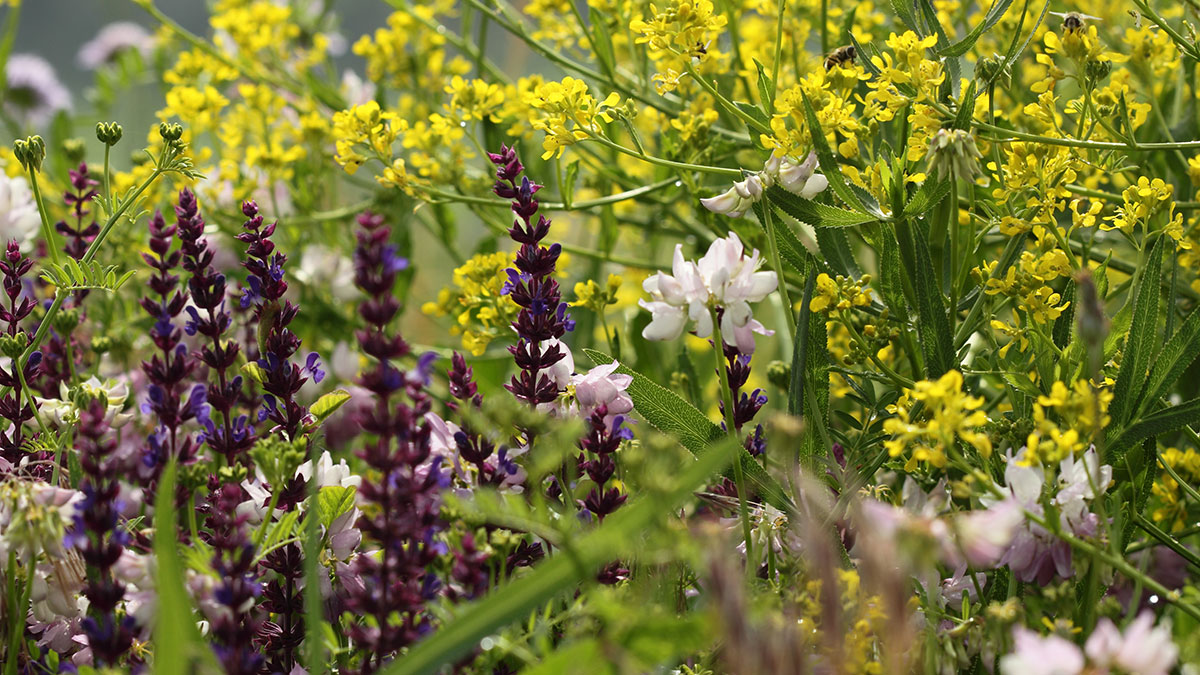
Control of invasive plant species during grassland restoration: timing of seed sowing is key
Timing and the right quantity and composition of the seed mixture are key in seeded grassland restoration. Research by the Centre for Ecological Research has sought to answer the question of how to time the sowing of seed mix components to best establish grassland species and effectively control invasive species and weed. Grasses are usually […]
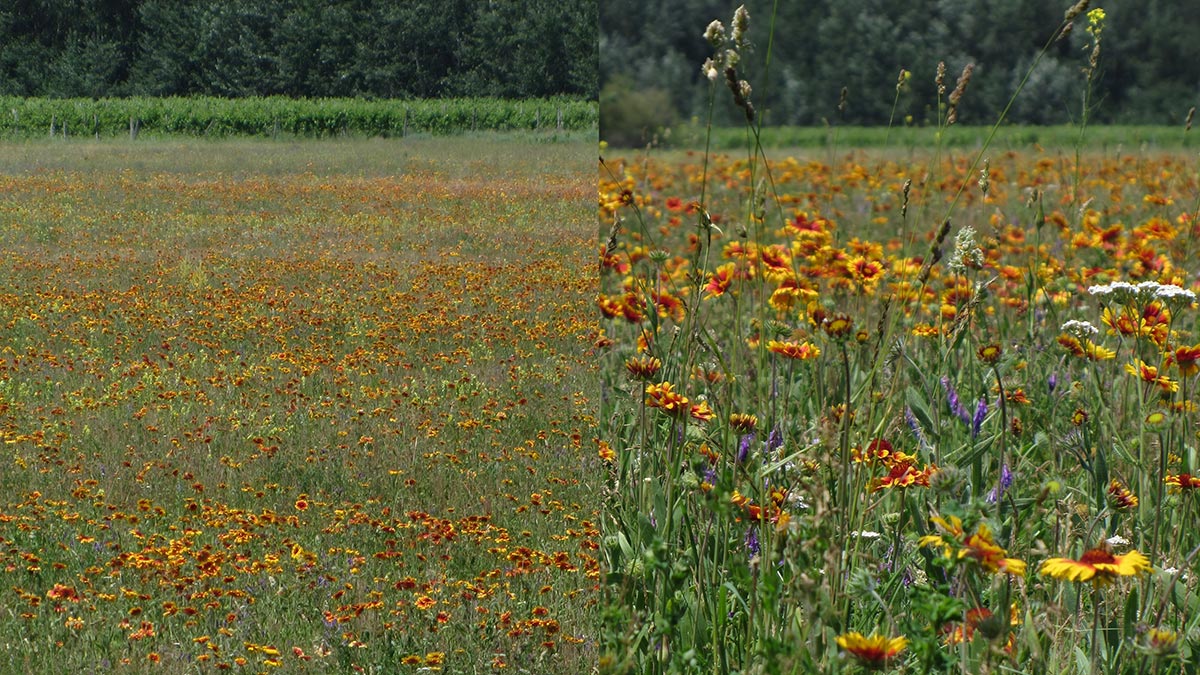
Escape from the gardens: one of our favourite ornamental plants is becoming an invasive species before our eyes
Ornamental plants are introduced to new habitats when they are planted in gardens, where the maintaince creates the suitable conditions for them. Later, in natural habitats, they can easily occupy open niches by escaping from gardens and become invasive. This is the path taken by the great blanketflower, whose ecological effects have been studied by […]
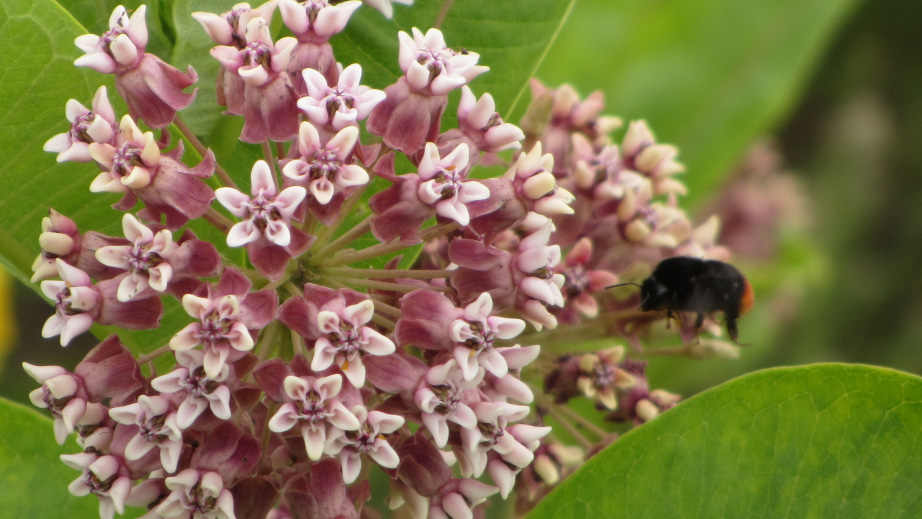
“Invasion of traits” – The multi-level effects of invasion on plant-pollinator communities
Invasive plant species have a negative impact on local fauna, such as pollinating insects, by transforming vegetation and decreasing floral resources. In three recent studies, researchers from the Centre for Ecological Research and Babeş-Bolyai University have investigated the effects of twelve herbaceous invasive plant species with different characteristics on vegetation (Fenesi et al. 2023), pollinator […]

How can citizen science data be used to answer scientific questions?
In a new study, the Mosquito Monitor Group has used a model-based approach to demonstrate that so-called “citizen science” data collected with the public’s participation can be used to draw scientific conclusions. By “citizen science” or “community science” we mean scientific research that involves society in shorter or longer scientific projects, and in this way […]
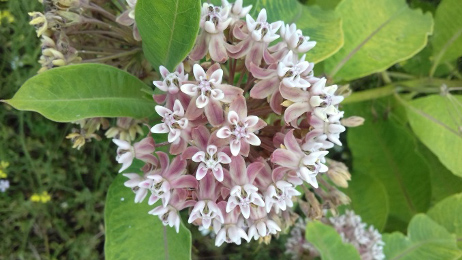
Control of an invasive plant, the common milkweed (Asclepias syriaca)
Short-term effects of control of the invasive plant (Asclepias syriaca L.): secondary invasion of neophyte plants instead of regeneration of native species. In this study, we investigated the effects of the common milkweed, a perennial, vegetatively well-spreading invasive plant species from North America, on the main soil properties and vegetation composition in a field experiment […]

Raccoon problems: European researchers met
The raccoon (Procyon lotor) is an alien species that is widespread in mainland Europe (e.g., France, Belgium, Germany, Poland). Populations originated from escaped pets and introductions. The raccoon is already confirmed in the fauna of Hungary. The spread of this invasive species from North America could threaten native ecosystems. For this reason, the 1st European […]


